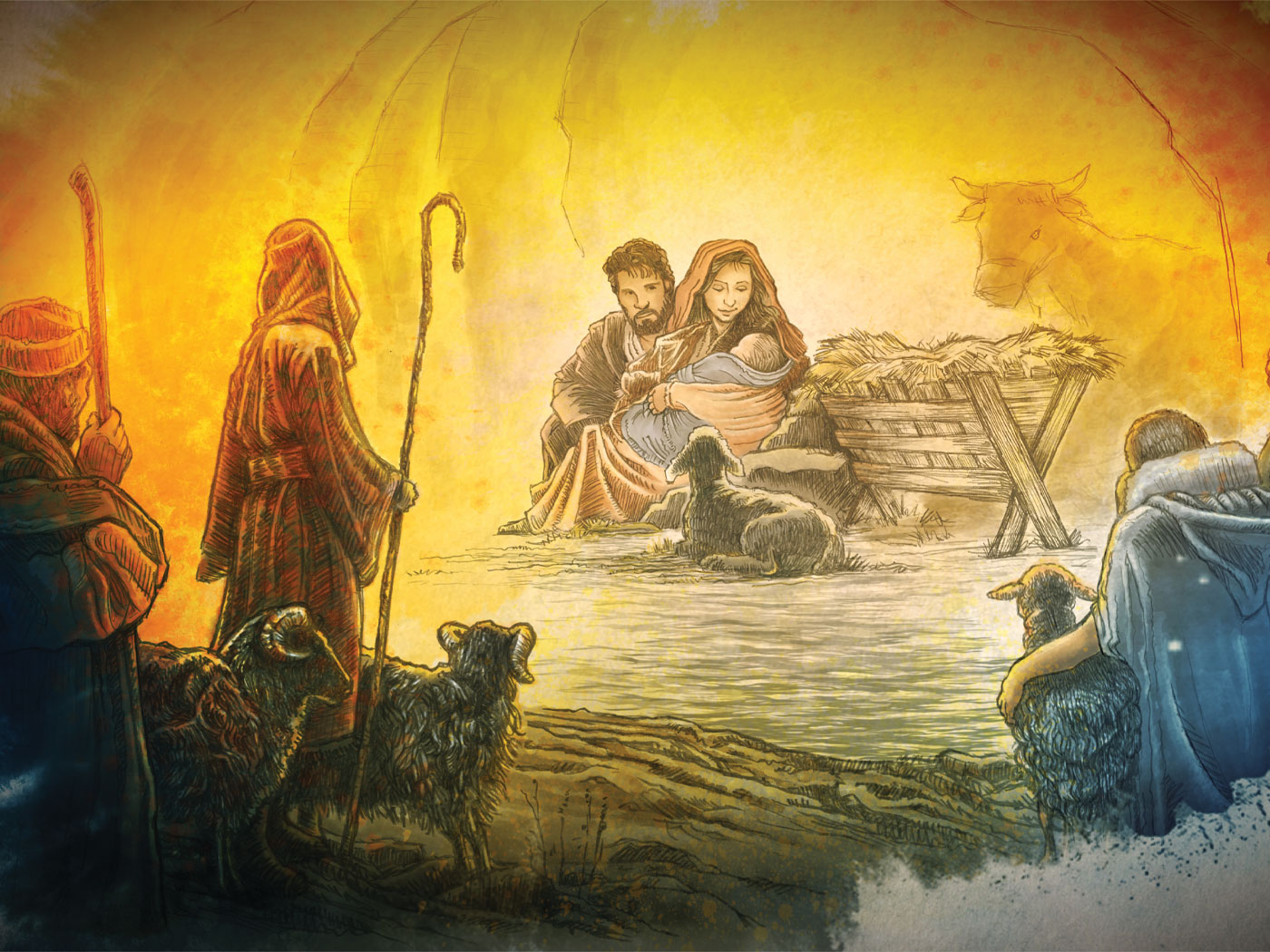Biologists recently discovered how tomcod…a smaller variation of cod…have thrived in the polluted waters of the Hudson River. The reports on their research are soaked in evolutionary jargon, but the data they dredged from the DNA of these and neighboring tomcod demonstrate that evolution had nothing to do with the fish's unexpected proliferation in poisoned waters. Instead, it appears that tomcod were designed to tolerate toxins.
The tomcod that populate the long-polluted Hudson River carry in their bodies one of the highest levels of industrial waste toxins called polychlorinated biphenyls (PCBs) of any animal. Marine researchers found that these fish have a particular version of a gene that enables them to survive, and that this version was a part of the tomcod gene pool before PCBs were added to the Hudson waters.
This particular gene codes for a protein that intercepts PCBs, which join to and activate the proteins for transportation into the cell's nucleus. When there, the activated proteins signal other genes in the nucleus to be processed. The Hudson River tomcod's version of this protein is several times less sensitive to joining PCBs. Even when activated by PCB, the protein in these tomcod is transported to the nucleus more slowly and in fewer numbers compared to tomcod living in nearby cleaner waterways.
Publishing in Science Express, the authors of the paper found that a contingent of fishes within several nearby populations have the resistant version of the gene, while most in those populations do not. They wrote, "The presence of AHR2-1 [the resistant gene] at low frequencies in tomcod from these two cleaner nearby estuaries within 150 km of the mouth of the [Hudson River] suggests that AHR2-1 was present as a standing variant at low frequency in the [Hudson River] prior to anthropogenic disturbances [human pollution]."1
Apparently, those individual tomcod who already had the resistant version of this gene moved into the poisonous Hudson River because they were already equipped to do so. Once there, only baby fish with the resistant version could continue to survive. Does this exemplify in any way an evolutionary origin of the PCB-interacting gene, the origin of different versions of the gene, or the origin of the tomcod itself?
Neither the gene and its variants nor the fish were seen to arise as a result of the environment or any other natural system. Instead, they were all already present, likely before the Hudson River was poisoned by 30 years of industrial waste.
Nevertheless, evolutionary rhetoric was tacked on to the reports of the PCB-resistant tomcod. For example, a Woods Hole Oceanographic Institution press release title stated that the resistant gene was "triggered" by pollution.2 The technical report asserted that this "rapid evolutionary change" resulted from "selective pressures."1
But in this study, the hypothesis that pollution was a passive environment that did not trigger or perform any other action was not investigated. The fish were already equipped to tolerate the changed environment, as though they had been designed to survive in a wide range of water chemistries.
Both the press release and the technical article credited the tomcod's toxin resistance to "rapid evolution." But no new information entered the tomcod's genome, so any variation was irrelevant to big-picture evolution, which purports to explain the origin of all biological information.
Also, the change that did occur was merely in the redistribution of fish with or without the resistant gene in certain waters. No wonder the change was so "rapid." These fish produce copious eggs every year, and new generations can show quick shifts in already existing variations. But these variations have their limits, as has been discovered by overfishing Atlantic cod.3
Extra explanations are typically needed to make an interpretation "fit" contradictory evidence. The high volume of evolutionary verbiage used with this tomcod study may therefore have been required to mask the fact that these tomcod appear to have been created with the built-in ability to survive in spite of PCBs.
References
- Wirgin, I. et al. Mechanistic Basis of Resistance to PCBs in Atlantic Tomcod from the Hudson River. Science Express. Posted on sciencemag.org February 17, 2011, accessed February 22, 2011.
- Pollution Triggers Genetic Resistance Mechanism in a Coastal Fish. Woods Hole Oceanographic Institution press release, February 17, 2011.
- Thomas, B. Huxley Error Led to Cod Calamity. Acts & Facts. 38 (8): 17.
* Mr. Thomas is Science Writer at the Institute for Creation Research.
Article posted on March 3, 2011.

















